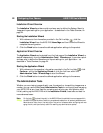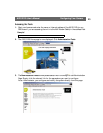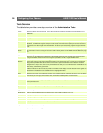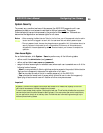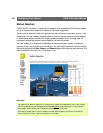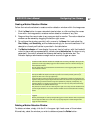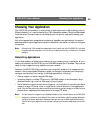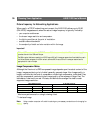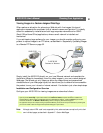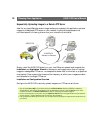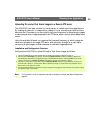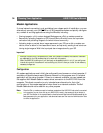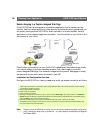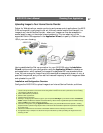
Choosing Your Application AXIS 2120 User’s Manual
30
Picture frequency for Networking Applications
When used in a TCP/IP networking environment, the AXIS 2120 delivers up to 25/30
(PAL/NTSC) images/second; where the actual image frequency is typically limited by:
• your computer and browser
• the chosen image resolution and compression
• the lighting conditions at the point of installation
• available network bandwidth
• the complexity of detail and color variation within the image
Important!
Image Compression Ratios
Although the file size of a JPEG-compressed image depends upon the actual content of the
image, images containing a lot of detail generally generate larger files. Image quality is
largely controlled by the level of compression; where high compression yields small files,
and low compression maintains higher image quality at the expense of larger files. The
table below is derived from real-life tests, and defines the average file sizes for each
supported image resolution:
* Maximum performance for a single viewing client.
** Interlaced image
Note: Using a modern computer will avoid introducing any unnecessary constraints on the imaging fre-
quency.
60Hz and 50Hz variants of the AXIS 2120 are available to accommodate the different power supply fre-
quencies found in the USA and Europe.
The 60Hz variant delivers a resolution of 525 lines at 60 half-frames per second and is suitable for use in
the United States; whereas, the 50Hz variant delivers 625 lines at 50 half-frames per second and is
appropriate for use in Europe.
60Hz (NTSC Countries) 50 Hz (PAL Countries)
Resolution Filesize (kb) Max fps* Resolution Filesize (kb) Max fps*
4CIF (704 x 480) ** 7 - 150 10 4CIF (704 x 576) ** 8.5 - 180 8
CIF (352 x 240) 1.4 - 40 30 CIF (352 x 288) 1.7 - 50 25



